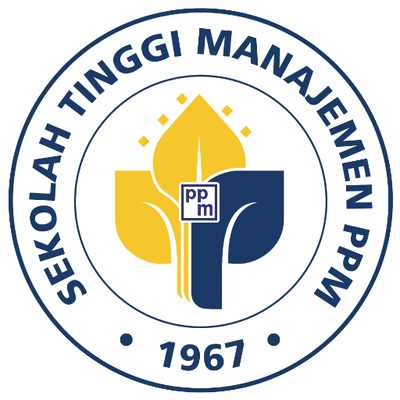Communication Strategy of Content Collision Agency in Promoting the Blibli.com Brand
Abstract
Keywords
Full Text:
PDFReferences
Arifin, A. (2016). Ilmu Komunikasi: Sebuah Pengantar Ringkas. Rajawali Pers.
Effendy, O. (2011). Ilmu Komunikasi. Rosda.
Ekman, L., Endoff, E., & Samuelsson, E. (2017). Books, Brands and Buzz: The influence of the author’s brand andrecommendations and reviews when generationY, in Sweden, selects a book. Jönköping University. http://www.diva-portal.org/smash/get/diva2:1105769/FULLTEXT01.pdf
Jaiz, M. (2014). Dasar-Dasar Periklanan. Graha Ilmu.
Julianti, I., & Delliana, S. (2020). Rebel Together Sebagai Strategi Komunikasi Pemasaran Digital Madformakeup Di Tengah Pandemi COVID-19. Communicatus: Jurnal Ilmu Komunikasi, 4(2), 207–228. https://doi.org/https://doi.org/10.15575/cjik.v4i2.9686
Kriyantono, R. (2015). Teknik Riset Komunikasi. Kencana Prenada Media Group.
Pujileksono, S. (2015). Metode Penelitian Komunikasi Kualitatif. Intrans.
Rangkuti, F. (2009). Strategi Promosi yang Kreatif dan Analisis Kasus IMC. Gramedia Pustaka Utama.
Sanjaya, R., & Tarigan, J. (2009). Creative Digital Marketing. Elex Media Komputindo.
Sugiyama, K., & Andree, T. (2011). The Dentsu Way. Dentsu Inc.
Sugiyono. (2017). Metode Penelitian Kualitatif. Alfabeta.
Sumawung, T. (2012). Menulis di Blog Bisa Bikin Kaya Menciptakan Ladang Bisnis Online. Indeks.
Swarnakar, P., Kumar, A., & Kumar, S. (2016). Why generation Y prefers online shopping: a study of young customers of India. International Journal of Business Forecasting and Marketing Intelligence, 2(3), 215–232.
DOI: https://doi.org/10.34149/jmbr.v18i2.245
Indexing
JMBR Editorial Office: PPM School of Management, Jl. Menteng Raya 9-19 Jakarta 10340 Phone: 021-2300313 ext 2354

License
JMBR is using CC BY License
This work is licensed under a Creative Commons Attribution 4.0 International License.



















